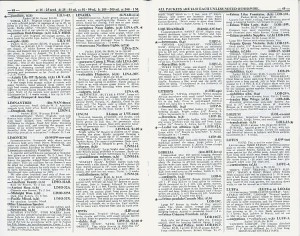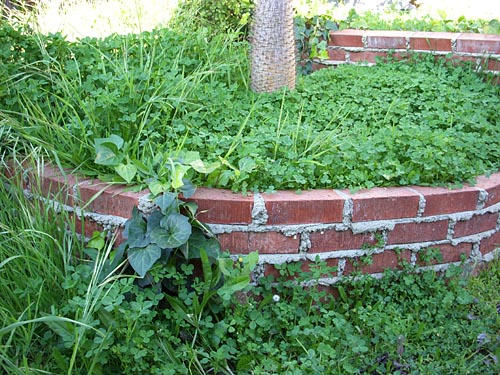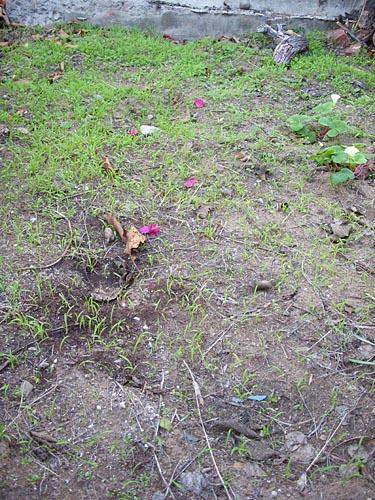My winter pile of plant and seed catalogs contains one that doesn’t fit the usual model. Instead of page after page of gorgeous soft-core pornographic photos and drawings of plants in brawny full leaf and buxom full bloom, the J.L. Hudson Seedsman catalog takes the form of a tight 95 pages of black-on-white text and only twenty-five small line drawings for illustrations.
This is a catalog all about words. It could well change your expectations of what a seed catalog should be. It’s listed as an “ethnobotanical catalog of seeds,” and you can sit down with it and read it like a novel. Most of the seeds descriptions come with a sentence or two of cultural trivia about the plant, mostly about how one of the world’s societies uses that plant. I’ve been finding that this is the catalog that I’ve been spending the most time with this year.
In addition to the interesting catalog copy, you start to notice that the text itself is gorgeous in the way it sits on the page. I was trying to place the special quality it has when I finally noticed on the last page an interesting statement: “This publication was typeset entirely without the use of computers.”
No computers? In 2009? So retro it’s avant-garde, like albums released on vinyl. But worry not. They also have an online presence.
This is definitely a catalog with attitude. It’s also a catalog with a purpose, a purpose that’s well documented in a statement on their website, a purpose that’s in line with their self-description as a “public access seed bank.” You can also start to understand the purpose when you look at the titles of the brief selection of books offered in the back of the catalog.
One of the works, Invasion Biology: Critique of a Pseudoscience, has a writeup that includes the statement, “We have all heard the breathless tales of the dangers of ‘invasive alien species,’ but what does science say about them? …In all cases… introduced species have increased biological diversity.”
Another title, Ecofascism: Lessons from the German Experience, gets a long writeup that includes the impassioned lines, “Most U.S. environmentalists are completely opposed to the aims of fascism, but reactionary forces have begun to bend ecological themes towards these very ends. Only through knowledge may we prevent this perversion of environmentalism.”
Once you understand where the catalog is coming from, you’ll start to understand the almost willful attitude that would drive them to offer seed of black mustard, one of the plants that has taken over much of the local ecosystem and has few friends among the plant people I know. And one of the recent online catalog supplements had seed for Arundo donax, a plant that has taken over some important local riparian habitats. Why don’t you just dump plutonium in your garden? Hmmmm…Does that make me an ecofascist?
You don’t have to agree with everything you see in the catalog, and you don’t have to buy anything out of it. But this is one publication that’s a must read if you’d like to get yourself thinking instead of all hot and bothered over the usual pretty pictures!





